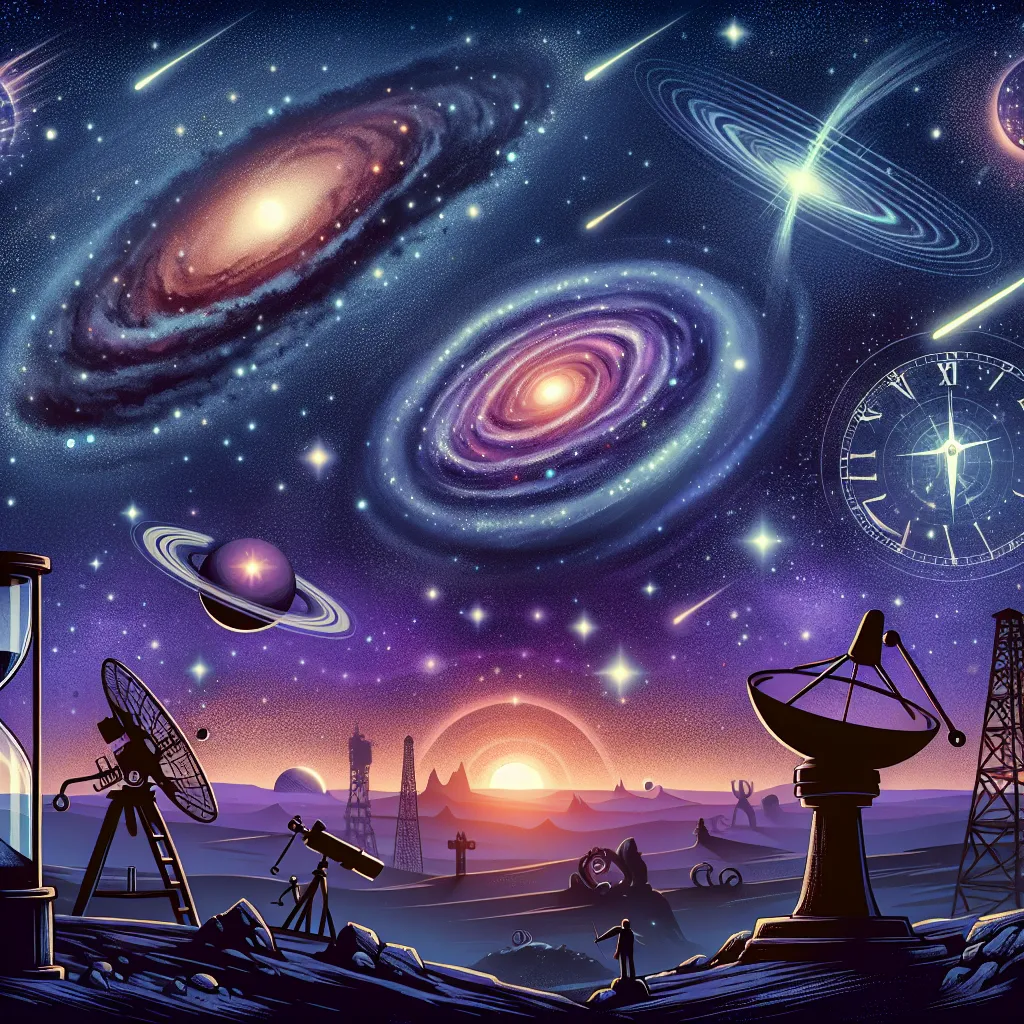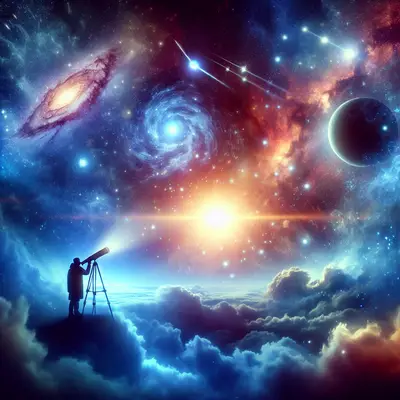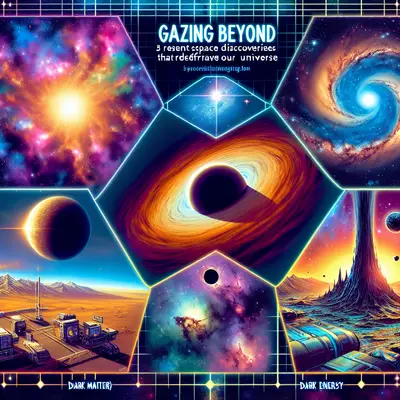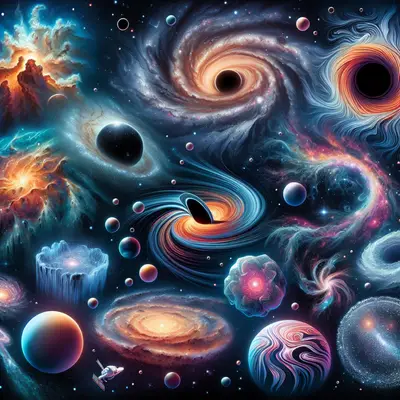Exoplanet Rain of Molten Iron
Far beyond our Solar System, an alien world known as WASP-76b exists. This exoplanet, discovered by scientists employing the European Southern Observatory's Very Large Telescope, experiences rainfall unlike anything we've seen on Earth. Instead of water, this exoplanet witnesses a downpour of molten iron due to its extreme temperatures. A fascinating testament to the limitless possibilities that exist in our universe!
The Mysterious Fast Radio Bursts
Scientists recently traced Fast Radio Bursts (FRBs), short-lived pulses of radio waves coming from space, to a spiral galaxy 500 million light-years away. These FRBs, each only a millisecond long, release as much energy as our Sun does in a day. Their origin and purpose remain enigmas, keeping astronomers on their toes!
The Phantom Galaxy
Our Milky Way galaxy has a phantom companion, the Antlia 2. This ghostly galaxy, discovered recently, is nearly the same size as the Milky Way but is far fainter, making it incredibly difficult to detect. The discovery of Antlia 2 challenges our understanding of galaxy formation and dark matter, pushing us to revisit our cosmic theories.
The Cosmic Reef
Hubble Space Telescope's 30th-anniversary image, titled the "Cosmic Reef," showcases a vibrant nebula, NGC 2014, and its fainter neighboring region, NGC 2020. This gaseous landscape, teeming with newborn stars, resembles an undersea world, a cosmic reef. It's a beautiful reminder of the vast, colorful universe we inhabit.
The Dancing Black Holes
Scientists have detected what could potentially be a pair of supermassive black holes in a death dance, 2.5 billion light-years away. Trapped in an orbital dance, these black holes could eventually merge, creating ripples in the fabric of spacetime. This discovery could open new pathways in understanding gravitational waves and the behavior of galaxies.
Conclusion
These recent discoveries are but a glimpse into the vast, uncharted territories of the cosmos. Each finding, each revelation, adds a new note to the cosmic symphony, enhancing our understanding and appreciation of the universe. While we may be but a tiny speck in the grand scheme, our thirst for knowledge and exploration connects us with the cosmos in a profound, beautiful way.



